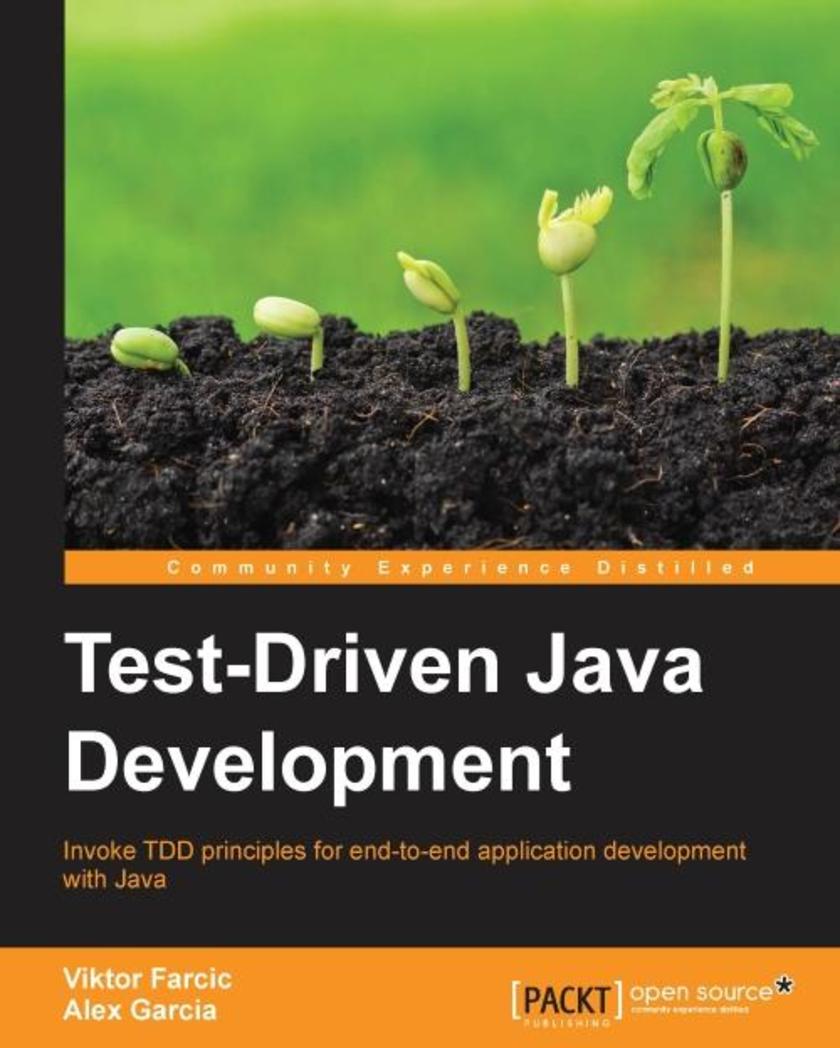
Test-Driven Java Development
¥90.46
If you're an experienced Java developer and want to implement more effective methods of programming systems and applications, then this book is for you.
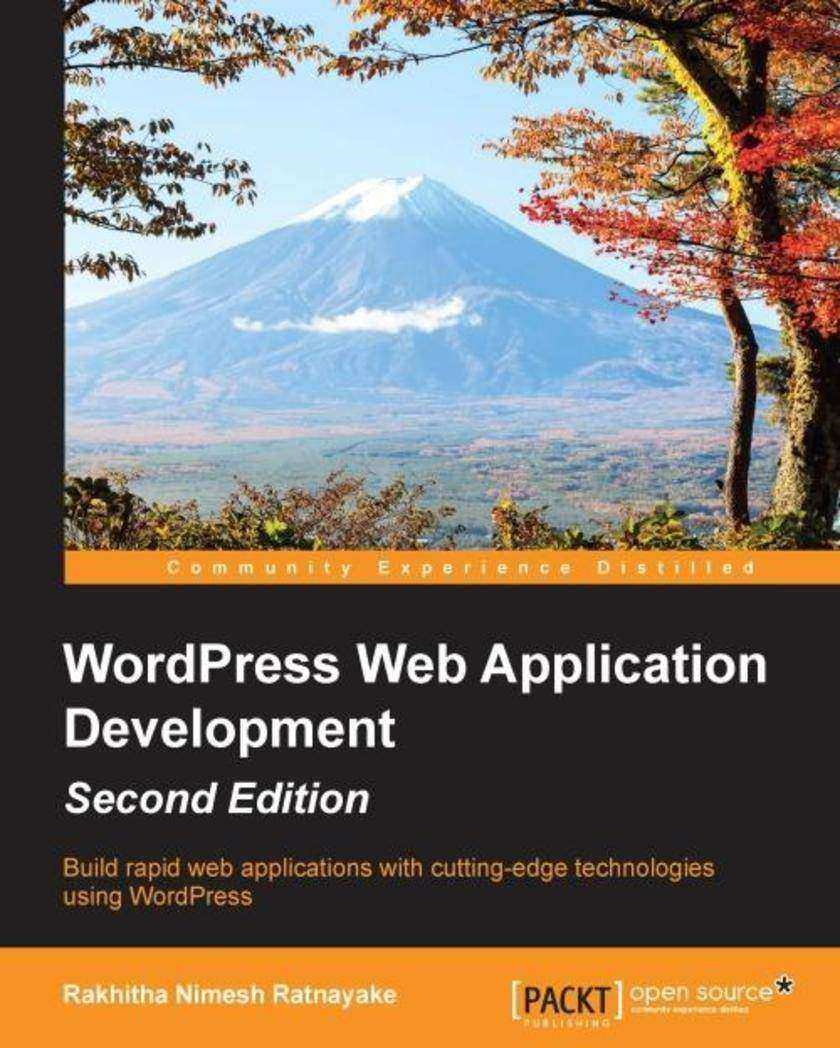
WordPress Web Application Development - Second Edition
¥90.46
This book is intended for WordPress developers and designers who want to develop quality web applications within a limited time frame and for maximum profit. Prior knowledge of basic web development and design is assumed.
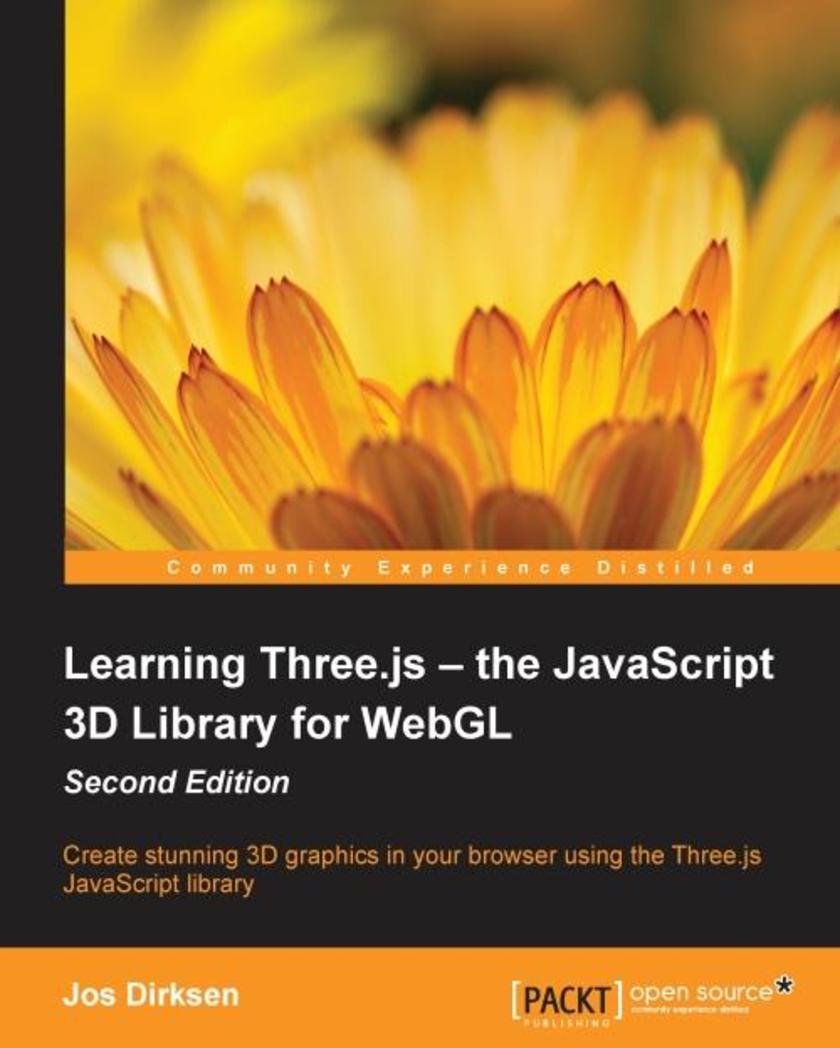
Learning Three.js – the JavaScript 3D Library for WebGL - Second Edition
¥90.46
If you know JavaScript and want to start creating 3D graphics that run in any browser, this book is a great choice for you. You don't need to know anything about math or WebGL; all that you need is general knowledge of JavaScript and HTML.
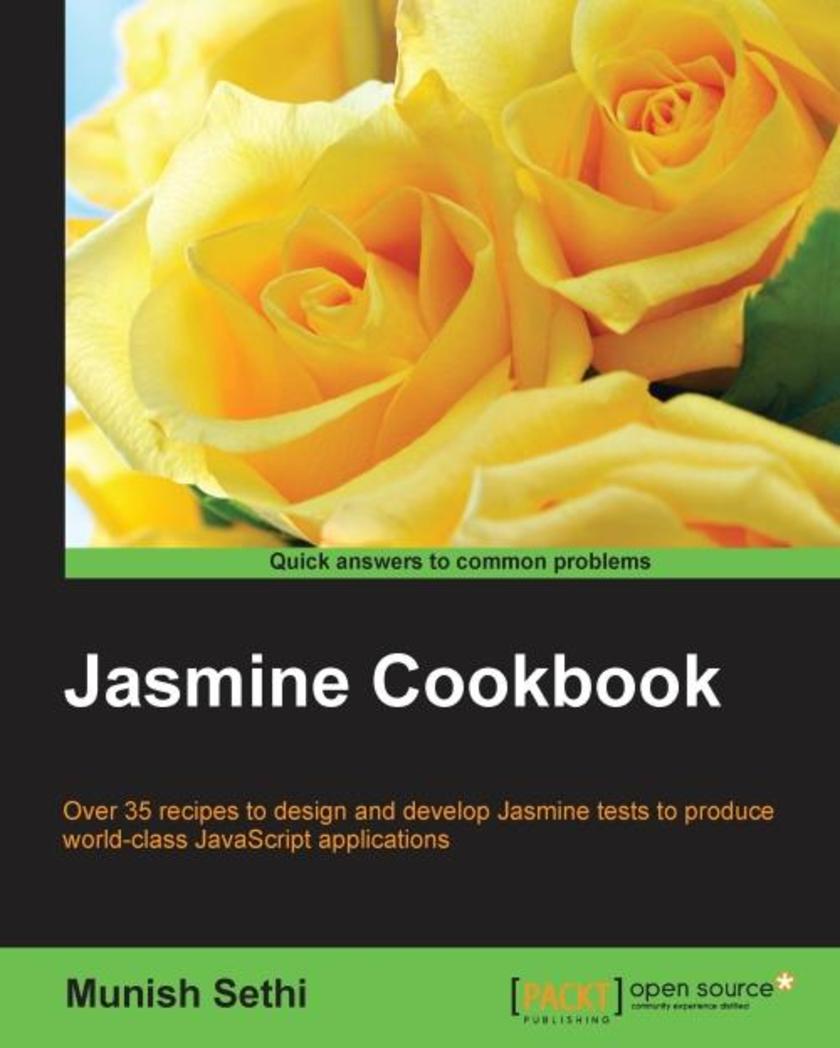
Jasmine Cookbook
¥90.46
If you are a competent JavaScript developer who wants to design and implement tests using Jasmine in order to minimize bugs in the production environment, then this book is ideal for you. Some familiarity with unit testing and code coverage concepts such as branch coverage along with basic knowledge of Node.js, AngularJS, and CoffeeScript is required.
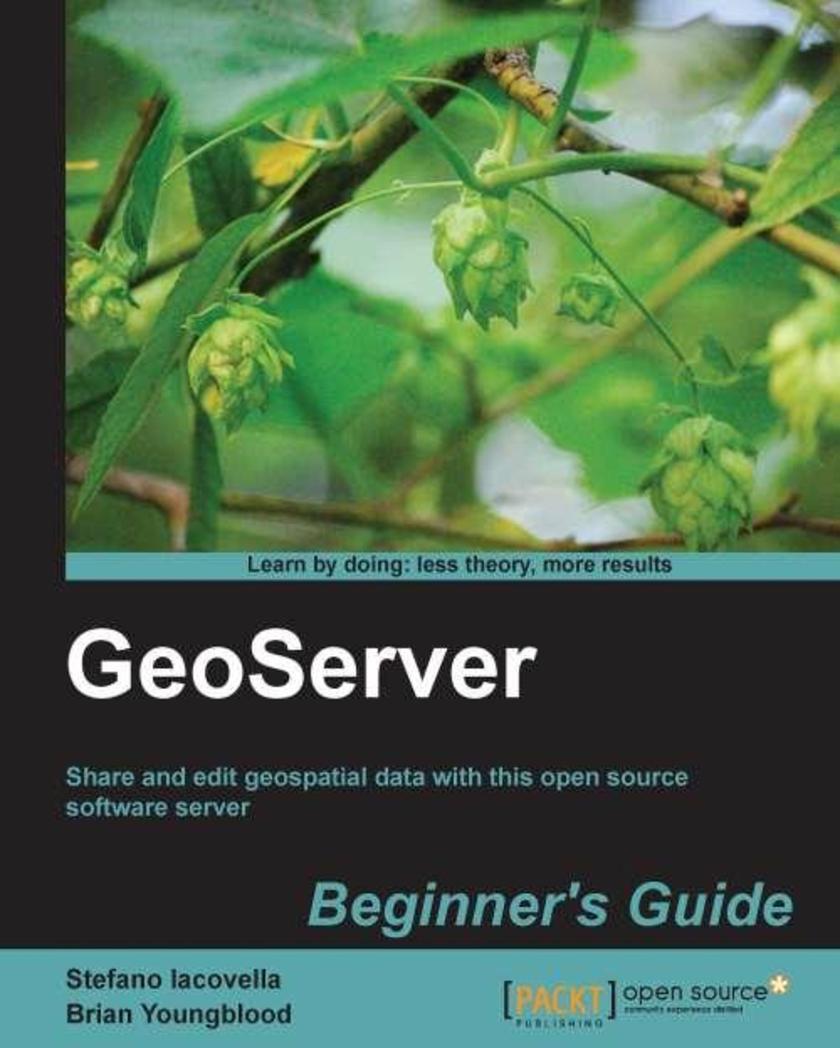
GeoServer Beginner’s Guide
¥90.46
Step-by-step instructions are included and the needs of a beginner are totally satisfied by the book. The book consists of plenty of examples with accompanying screenshots and code for an easy learning curve. You are a web developer with knowledge of server side *ing, and have experience with installing applications on the server. You have a desire to want more than Google maps, by offering dynamically built maps on your site with your latest geospatial data stored in MySQL, PostGIS, MsSQL or Oracle. If this is the case, this book is meant for you.
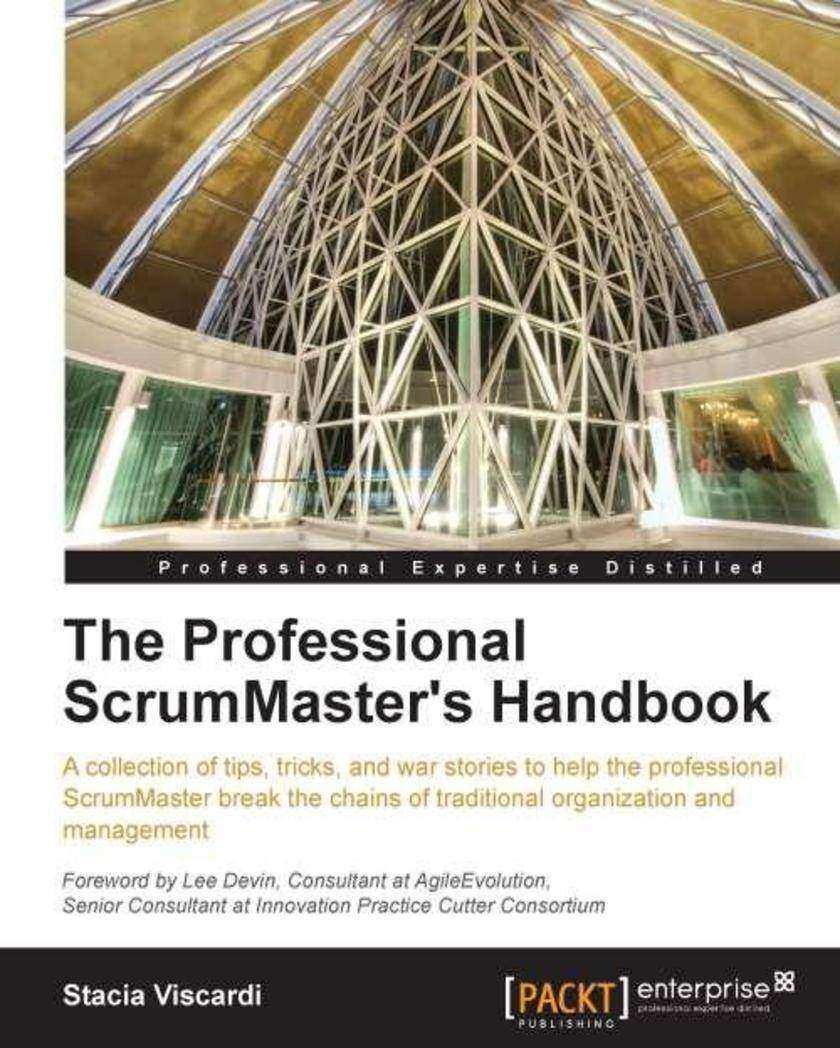
The Professional ScrumMaster's Handbook
¥90.46
Focusing on the ScrumMaster role and responsibilities, this book presents solutions and ideas for common problems, improving the overall methodology of a ScrumMaster's approach. The Professional ScrumMaster’s Handbook is for anybody who wishes to be a true ScrumMaster as the role was originally intended - a fearless, professional, change facilitator. This book extends your working knowledge of Scrum to explore other avenues and ways of thinking to help teams and organizations reach their full potential.
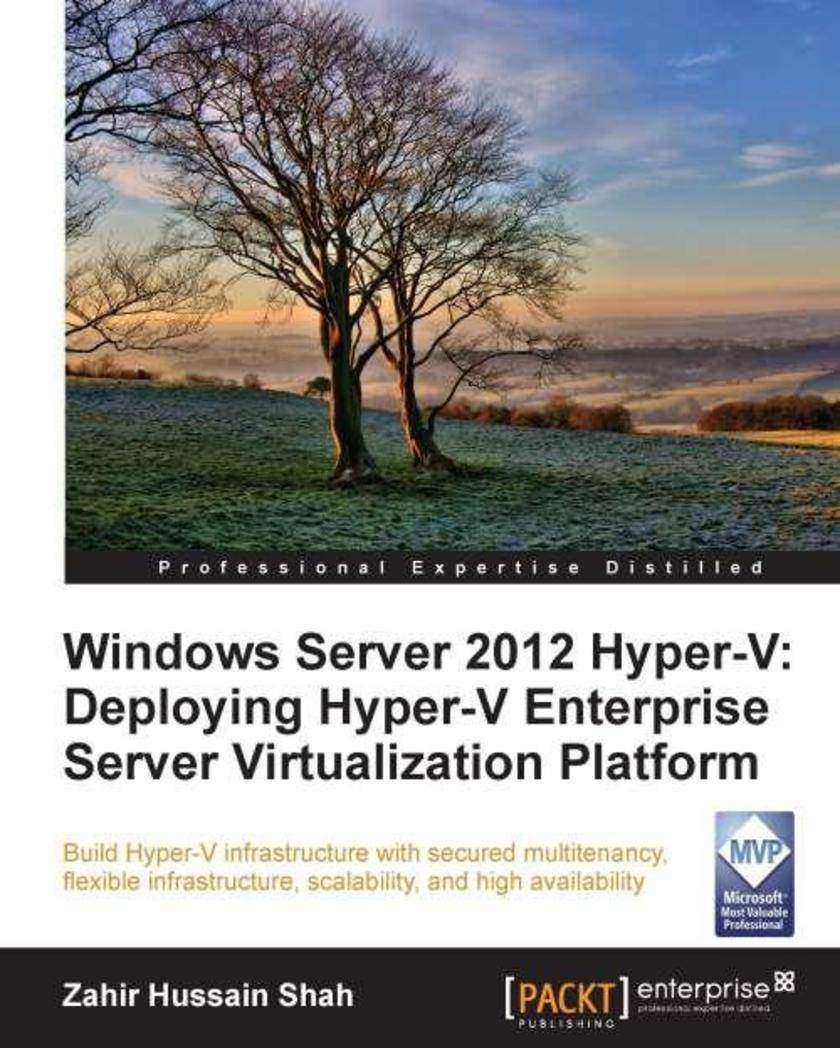
Windows Server 2012 Hyper-V
¥90.46
This books takes a comprehensive tutorial approach with plenty of screenshots and detailed step-by-step instructions. This book is for Windows server administrators, who may not necessarily be familiar with Hyper-V, and also for existing Hyper-V administrators who want to advance their skills in Windows Server 2012 Hyper-V.
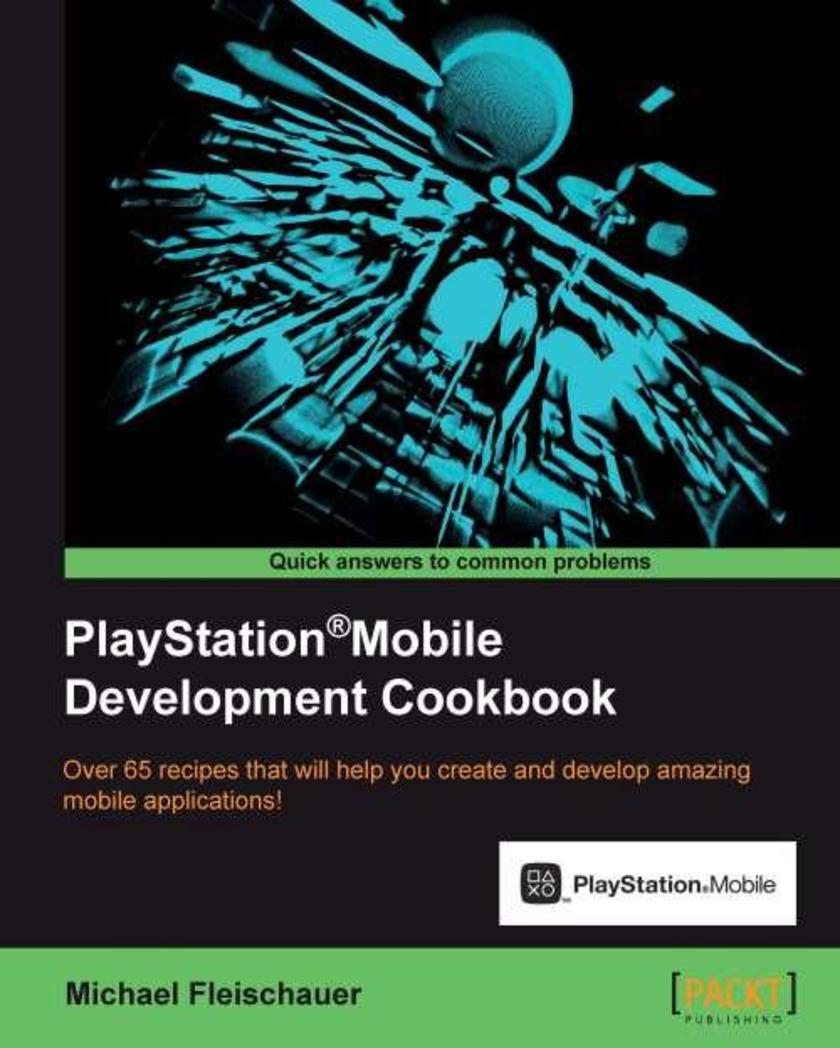
PlayStation?Mobile Development Cookbook
¥90.46
Written as a series of engaging and practical recipes, this essential Cookbook has been meticulously designed and reviewed in order to provide you with the ultimate reference for PlayStation?Mobile development. If you've got some prior experience with C# and want to create awesome projects for the PlayStation?Vita and PlayStation?Certified devices, then this book is for you.
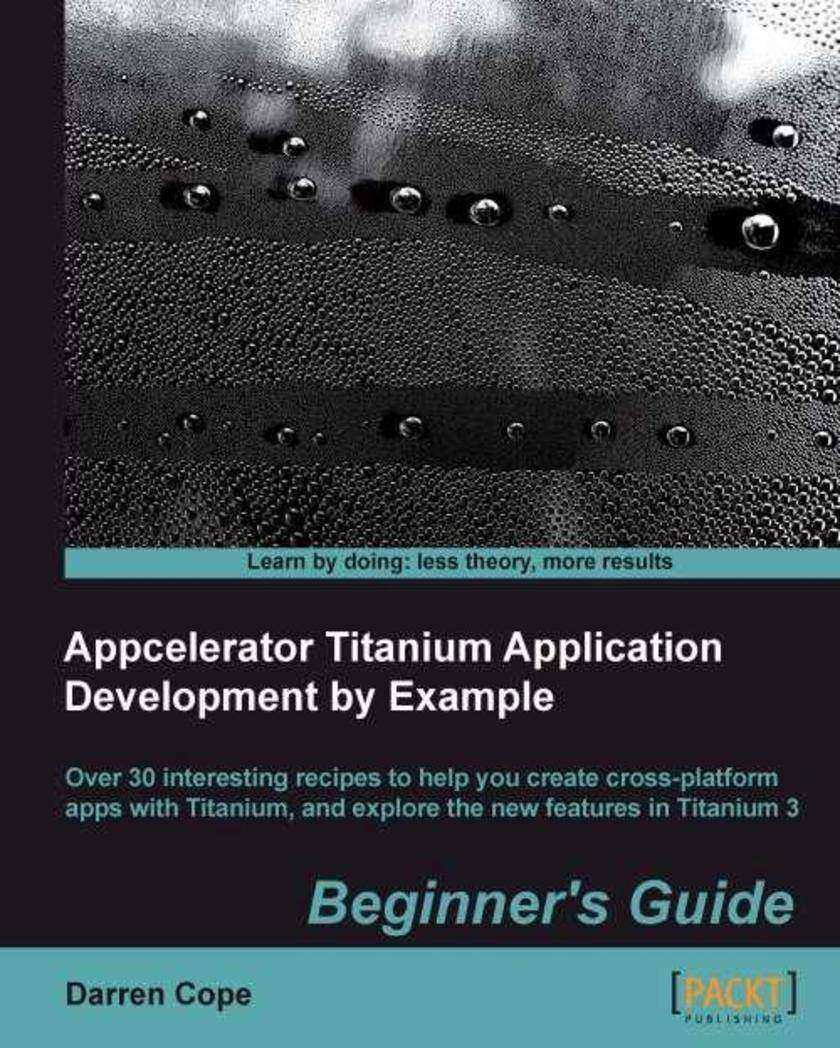
Appcelerator Titanium Application Development by Example Beginner’s Guide
¥90.46
"Appcelerator Titanium Application Development by Example Beginner's Guide" is an example-driven tour of the language that guides you through all the stages of app design. The style is relaxed and friendly whilst remaining concise and structured. If you are new to this technology or curious about the possibilities of Appcelerator Titanium then this book is for you. If you are a web developer who is looking for a way to craft cross-platform apps, then this book and the Titanium language is the choice for you.
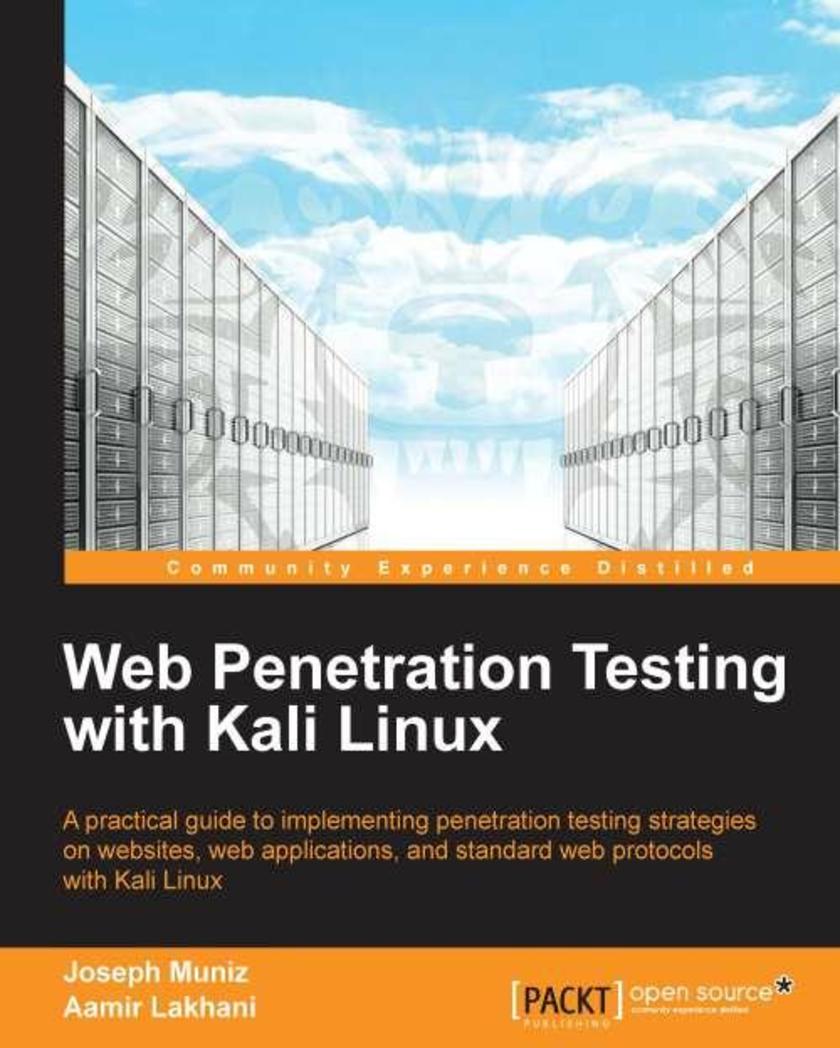
Web Penetration Testing with Kali Linux
¥90.46
Web Penetration Testing with Kali Linux contains various penetration testing methods using BackTrack that will be used by the reader. It contains clear step-by-step instructions with lot of screenshots. It is written in an easy to understand language which will further simplify the understanding for the user."Web Penetration Testing with Kali Linux" is ideal for anyone who is interested in learning how to become a penetration tester. It will also help the users who are new to Kali Linux and want to learn the features and differences in Kali versus Backtrack, and seasoned penetration testers who may need a refresher or reference on new tools and techniques. Basic familiarity with web-based programming languages such as PHP, JavaScript and MySQL will also prove helpful.
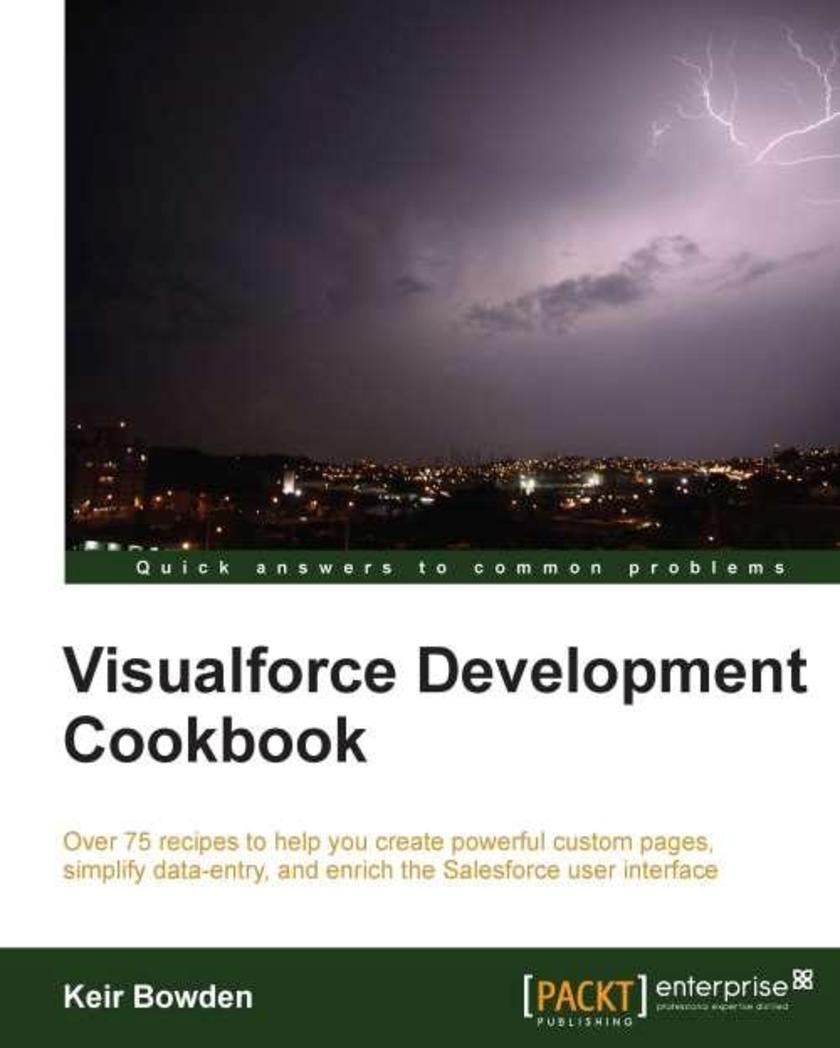
Visualforce Development Cookbook
¥90.46
Visualforce Development Cookbook is written in such a way that even complex concepts are explained in an easy-to-understand manner. Following a Cookbook structure, the book covers some essential technical scenarios and includes over 75 recipes focusing on real-world development problems. This book is packed with illustrations and also contains lots of code samples for the better understanding of the reader."Visualforce Development Cookbook" is aimed at developers who have already grasped the basics of Visualforce. Awareness of the standard component library and the purpose of controllers is expected.
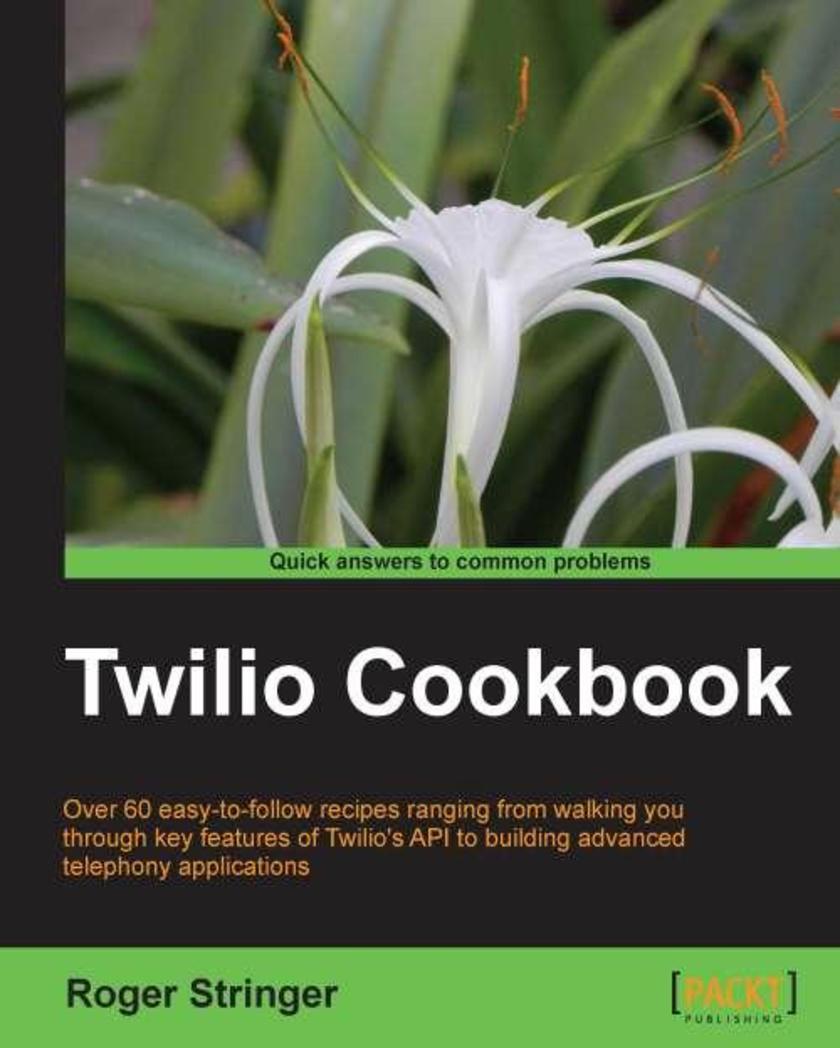
Twilio Cookbook
¥90.46
This book is a practical, hands-on guide that provides the reader with a number of clear, step-by-step exercises.This book is great for developers who already have knowledge of PHP and MySQL and who want to learn about integrating Twilio’s API into their websites for telephone solutions.
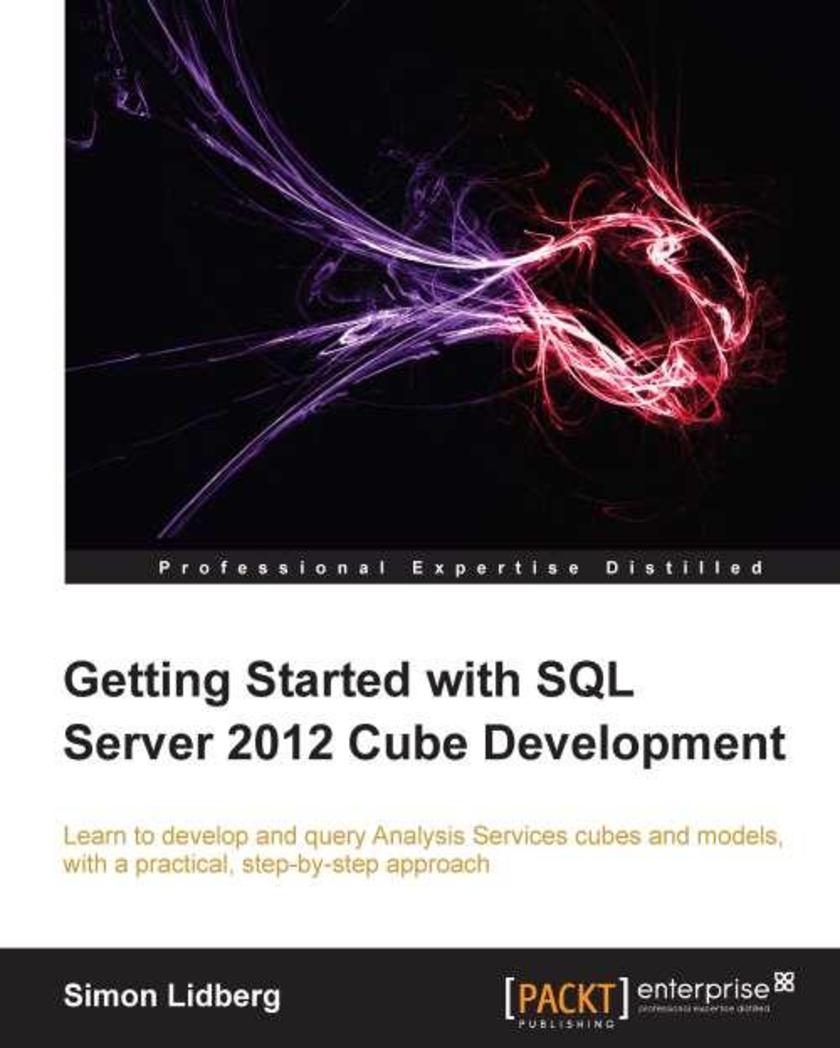
Getting Started with SQL Server 2012 Cube Development
¥90.46
As a practical tutorial for Analysis Services, get started with developing cubes. "Getting Started with SQL Server 2012 Cube Development" walks you through the basics, working with SSAS to build cubes and get them up and running.Written for SQL Server developers who have not previously worked with Analysis Services. It is assumed that you have experience with relational databases, but no prior knowledge of cube development is required. You need SQL Server 2012 in order to follow along with the exercises in this book.
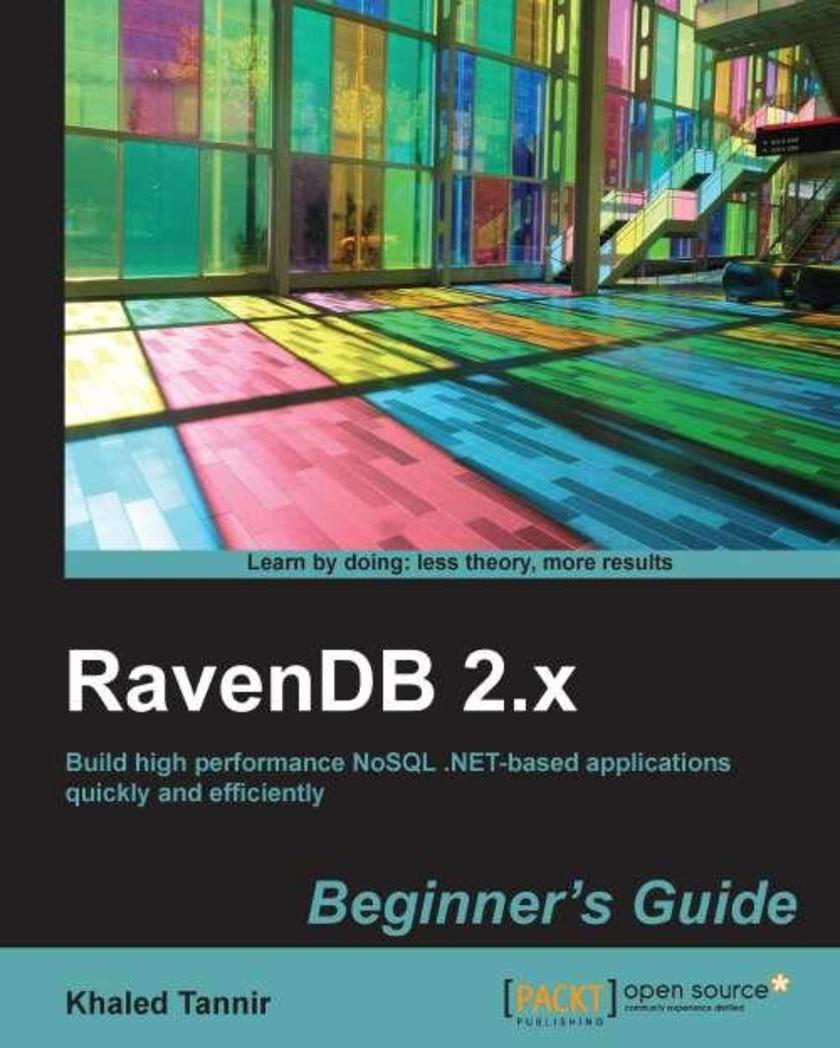
RavenDB 2.x Beginner’s Guide
¥90.46
Written in a friendly, example-driven Beginner’s Guide format, there are plenty of step-by-step instructions and examples that are designed to help you get started with RavenDB. If you are a .NET developer, new to document-oriented databases, and you wish to learn how to build applications using NoSQL databases, then this book is for you. Experience with relational database systems will be helpful, but not necessary.
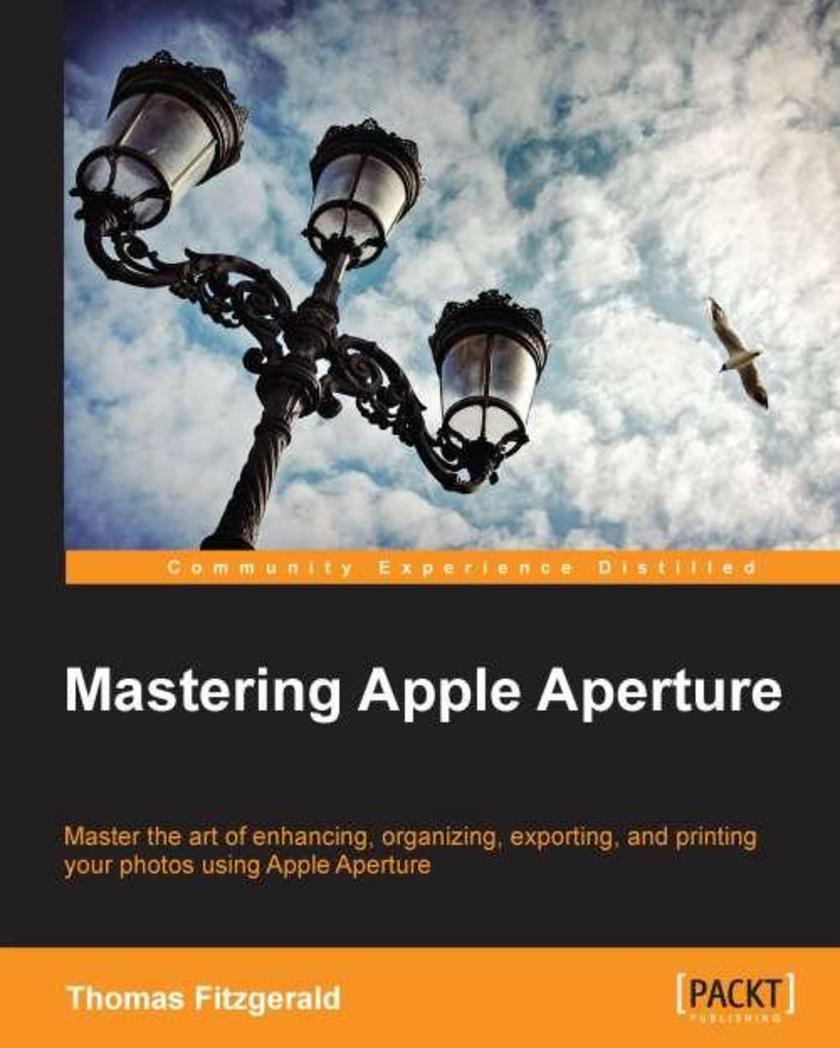
Mastering Apple Aperture
¥90.46
Written in a conversational style, the author will share his knowledge on advanced Aperture topics with detailed discussions of advanced topics, the theory behind some of those topics and lots of hints and tips for ways to improve your workflow.Photographer’s who have a basic understanding of Aperture
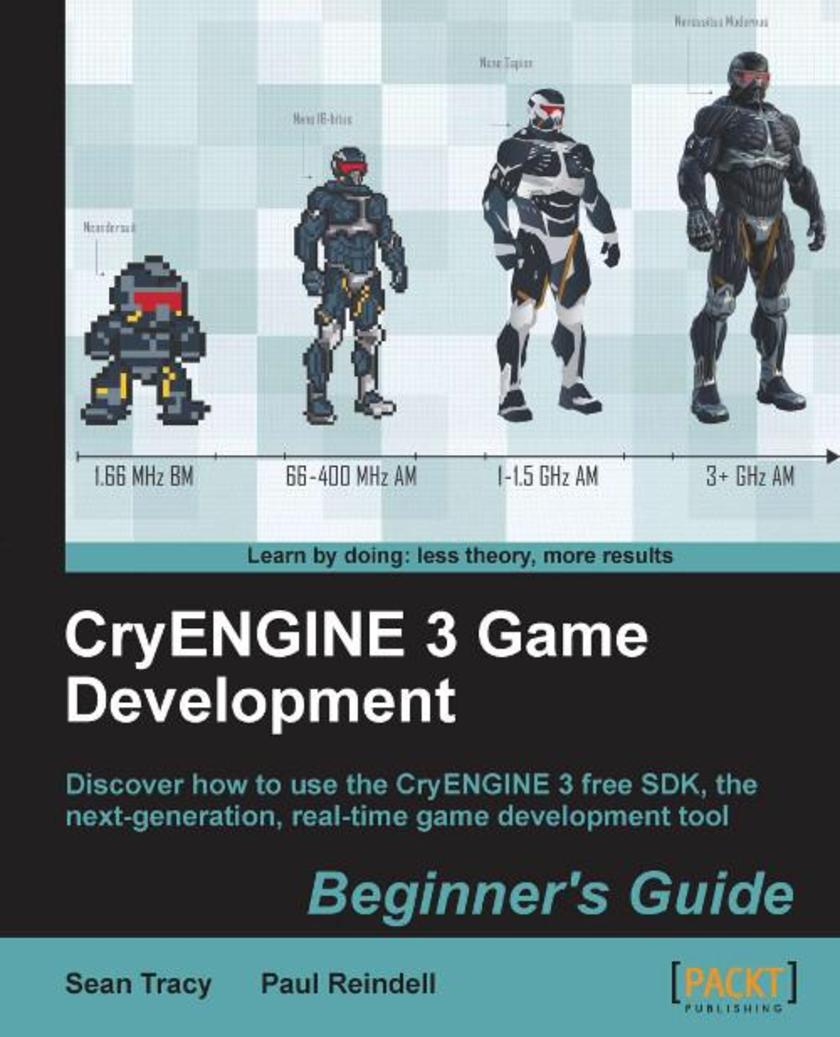
CryENGINE 3 Game Development:Beginner's Guide
¥90.46
A step by step beginner's tutorial to creating AAA style games with the complete game creation tool, CryENGINE 3,This book is written with the beginner and casual developer in mind. The freely available version of the CryENGINE3 is used for all examples in this book.
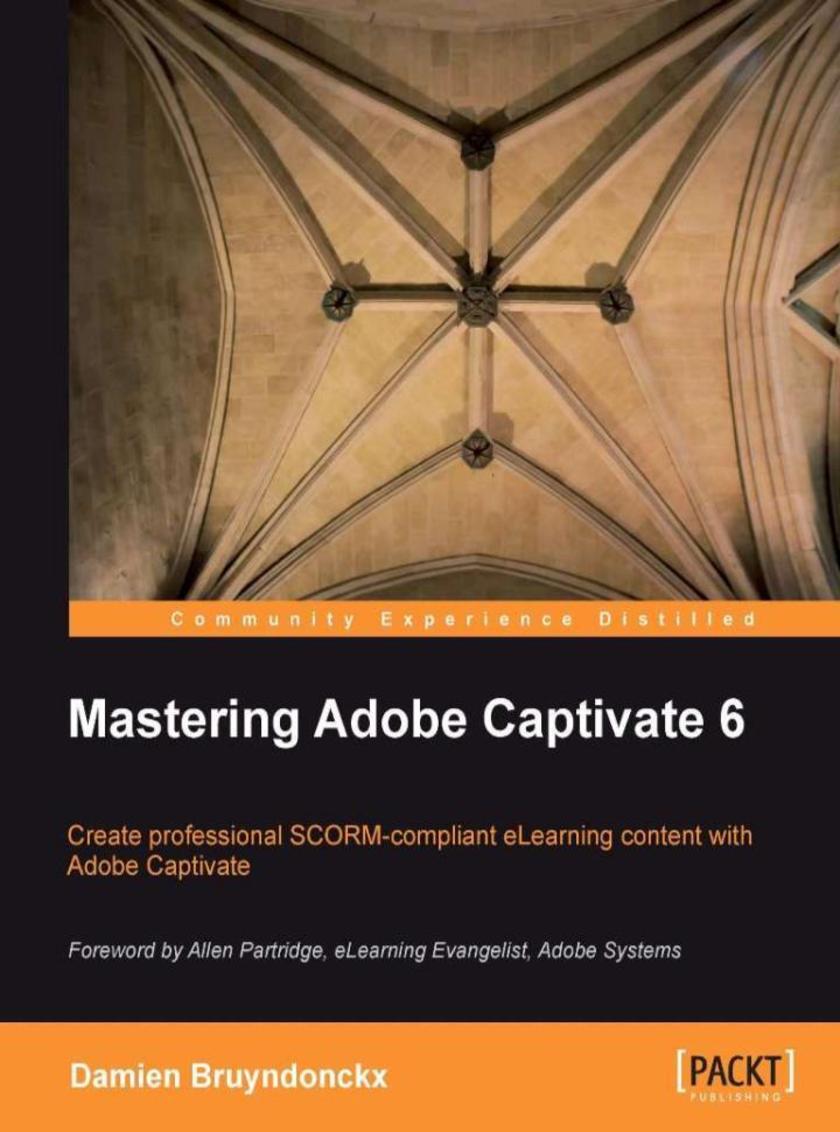
Mastering Adobe Captivate 6
¥90.46
This book is a step-by-step tutorial including all the needed assets to build the three sample projects it covers. It is divided into lots of small sub-topics and follows a clear and logical outline to help you structure your new knowledge. Every single feature covered is immediately illustrated by a meaningful exercise. Self-exploration of the software is strongly encouraged through extra exercises and experimentations. The book also introduces you to the Captivate community by providing lots of external reference and tips and tricks from established e-learning professionals. If you are: A teacher wanting to produce high quality e-learning content for your students. Working in a training department and want to implement e-learning in your company. Using a SCORM or AICC-compliant LMS and want to produce e-learning content to track your students’ performance. A webmaster in need of a fun and interactive way to produce an FAQ or a support site. Interested in e-learning. Then, this book is for you! A basic knowledge of your operating system (Mac or Windows) is all it takes to author the next generation of e-learning content with this book.
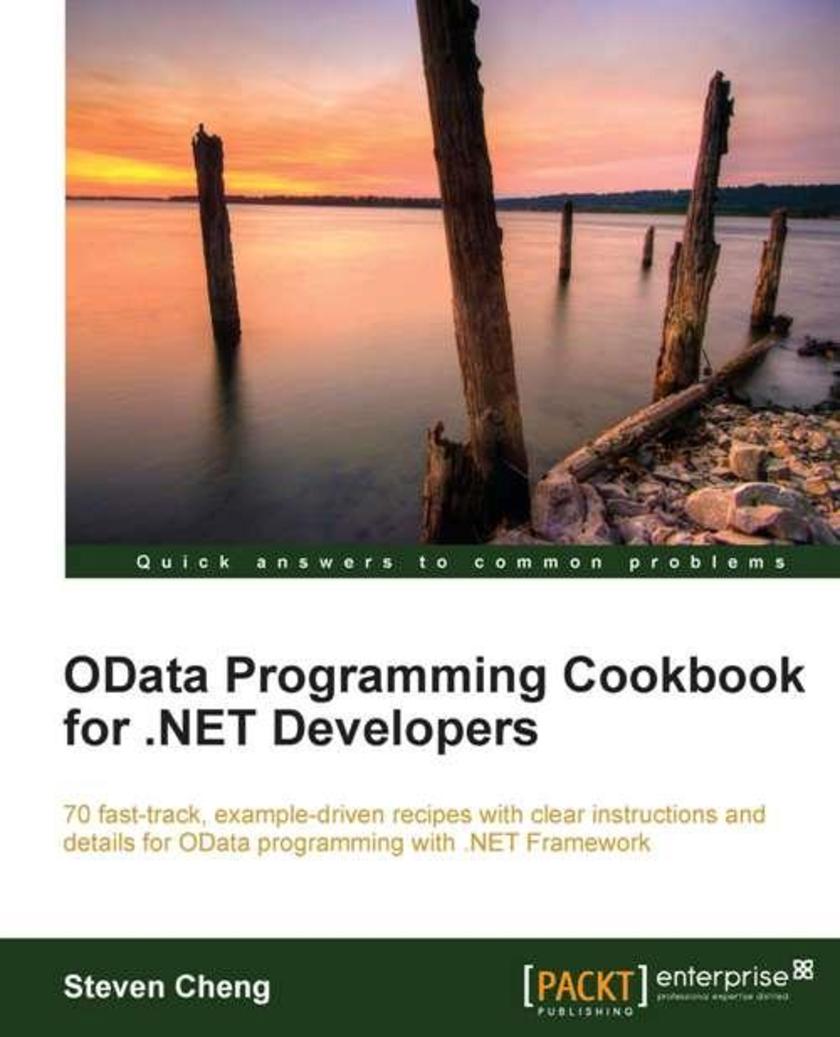
OData Programming Cookbook for .NET Developers
¥90.46
The recipes in this book are easy to understand and follow as the author discusses real-world scenarios. It is not a comprehensive reference to the whole of OData, but a practical guide that boosts proficiency when working with the various aspects of OData programming. The examples are supported by relevant background information for ease of understanding. If you are a .NET developer and you want to learn how to use OData in real-world data access application development, then this book is for you. To follow the recipes you will need to be comfortable with .NET Framework, Visual Studio IDE, C# language, and the basics of web programming like HTTP, XML, JSON.
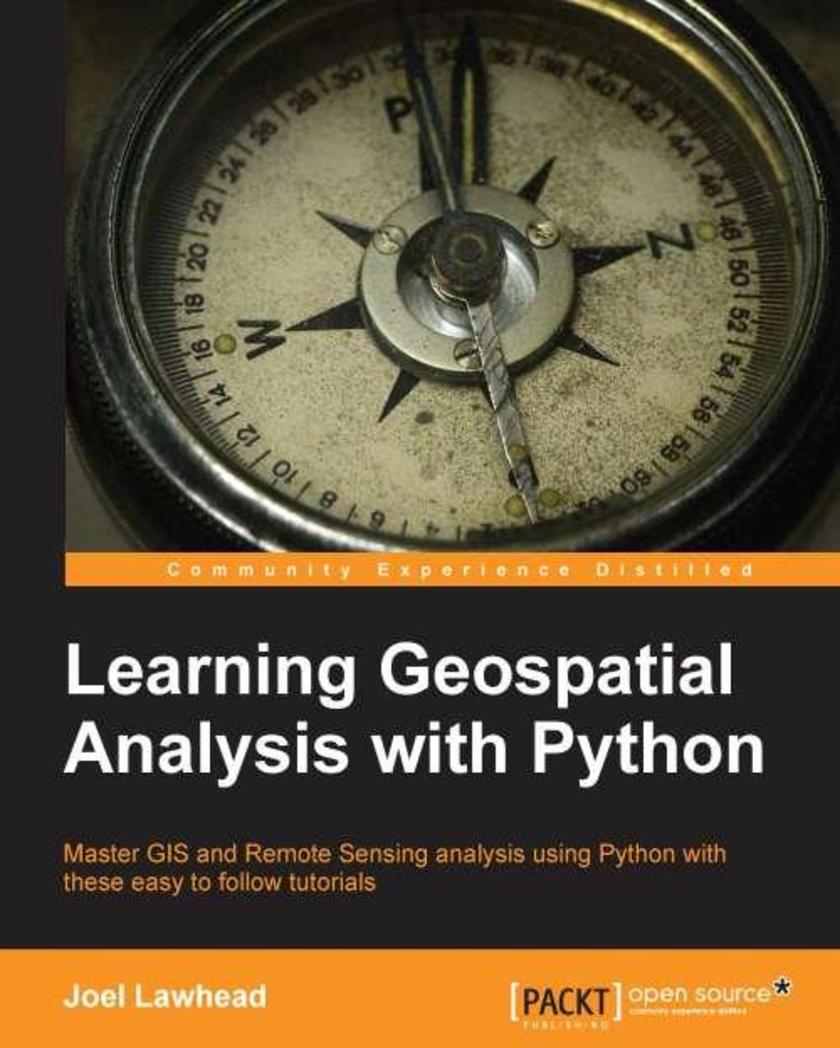
Learning Geospatial Analysis with Python
¥90.46
This is a tutorial-style book that helps you to perform Geospatial and GIS analysis with Python and its tools/libraries. This book will first introduce various Python-related tools/packages in the initial chapters before moving towards practical usage, examples, and implementation in specialized kinds of Geospatial data analysis.This book is for anyone who wants to understand digital mapping and analysis and who uses Python or another *ing language for automation or crunching data manually.This book primarily targets Python developers, researchers, and analysts who want to perform Geospatial, modeling, and GIS analysis with Python.
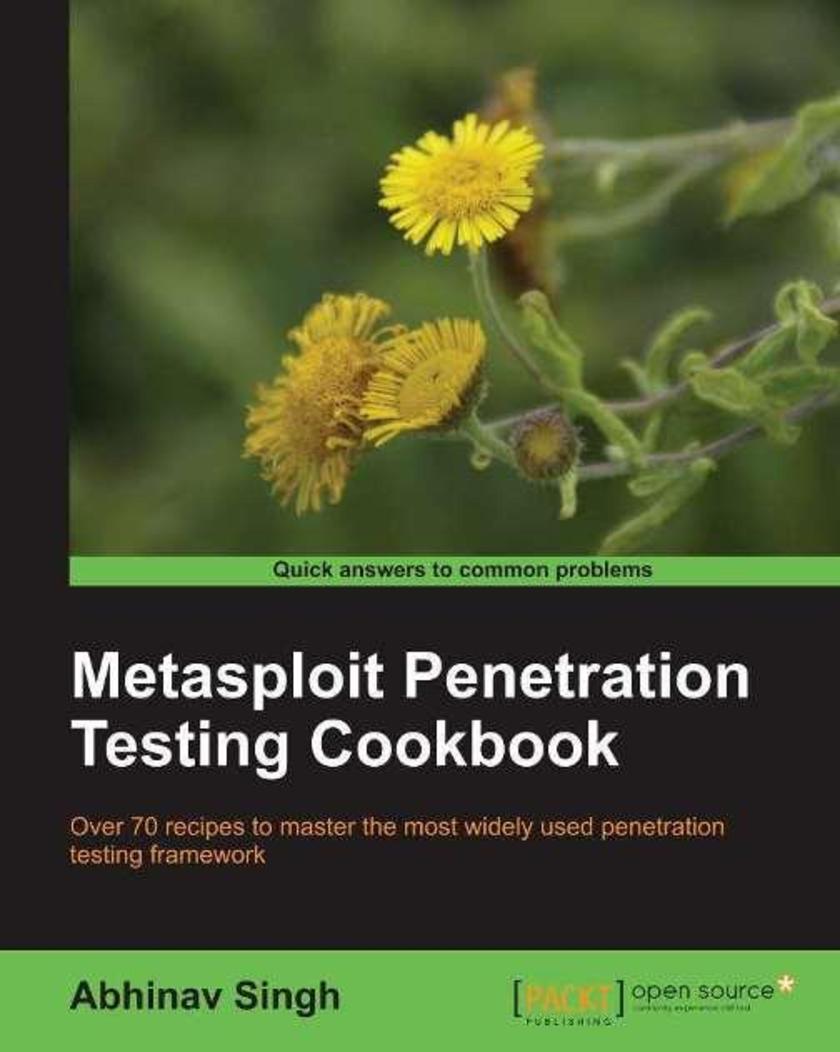
Metasploit Penetration Testing Cookbook
¥90.46
Over 80 recipes to master the most widely used penetration testing framework
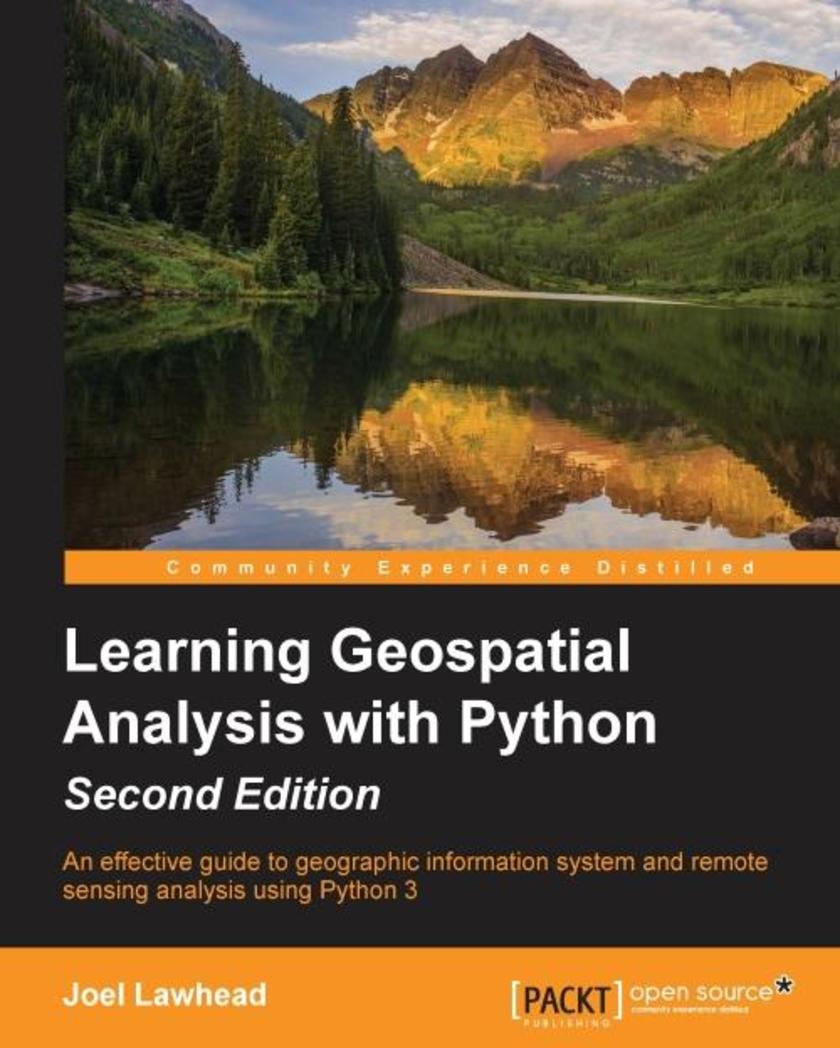
Learning Geospatial Analysis with Python - Second Edition
¥90.46
An effective guide to geographic information systems and remote sensing analysis using Python 3 About This Book Construct applications for GIS development by exploiting Python This focuses on built-in Python modules and libraries compatible with the Python Packaging Index distribution system—no compiling of C libraries necessary This practical, hands-on tutorial teaches you all about Geospatial analysis in Python Who This Book Is For If you are a Python developer, researcher, or analyst who wants to perform Geospatial, modeling, and GIS analysis with Python, then this book is for you. Familarity with digital mapping and analysis using Python or another *ing language for automation or crunching data manually is appreciated. What You Will Learn Automate Geospatial analysis workflows using Python Code the simplest possible GIS in 60 lines of Python Mold thematic maps with Python tools Get hold of the various forms that geospatial data comes in Produce elevation contours using Python tools Create flood inundation models Apply Geospatial analysis to find out about real-time data tracking and for storm chasing In Detail Geospatial Analysis is used in almost every field you can think of from medicine, to defense, to farming. This book will guide you gently into this exciting and complex field. It walks you through the building blocks of geospatial analysis and how to apply them to influence decision making using the latest Python software. Learning Geospatial Analysis with Python, 2nd Edition uses the expressive and powerful Python 3 programming language to guide you through geographic information systems, remote sensing, topography, and more, while providing a framework for you to approach geospatial analysis effectively, but on your own terms. We start by giving you a little background on the field, and a survey of the techniques and technology used. We then split the field into its component specialty areas: GIS, remote sensing, elevation data, advanced modeling, and real-time data. This book will teach you everything you need to know about, Geospatial Analysis from using a particular software package or API to using generic algorithms that can be applied. This book focuses on pure Python whenever possible to minimize compiling platform-dependent binaries, so that you don’t become bogged down in just getting ready to do analysis. This book will round out your technical library through handy recipes that will give you a good understanding of a field that supplements many a modern day human endeavors. Style and approach This is a practical, hands-on tutorial that teaches you all about Geospatial analysis interactively using Python.




 购物车
购物车 个人中心
个人中心



